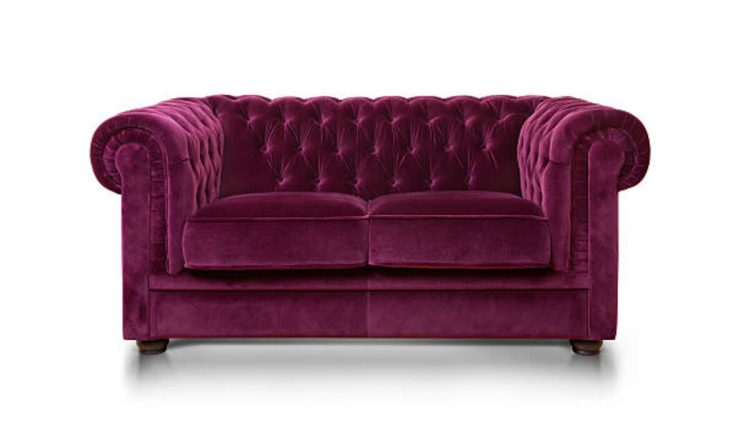Spring Repair on Sofas
Sagging couches often result from misaligning springs. Addressing this problem quickly can save money when compared to buying an entirely new sofa. Often, the Amazing fact about تعمیرات مبل استیل.
Sofas usually use serpentine springs that resemble coils; sinuous springs (zig-zag shape) can be more challenging to repair.
Check for Broken Springs
Sagging sofa cushions can indicate that the springs are failing, though many assume this deterioration comes naturally with age. Instead, it can be easily fixed by knowing what to look out for: check for broken or twisted springs; use pliers to gently reposition any broken ones before testing to make sure they remain fastened securely to the frame and support system after repositioning them with care.
As soon as a spring breaks or is twisted out of position, its sound can often resemble grinding metal or snapping with an audible pop and subsequent ringing sound. Depending on its type, creaking may also occur as it moves. Serpentine springs that resemble coils tend to be more resilient than sinuous ones, which use long strips of wire in an irregular configuration.
Once you have identified broken or twisted springs, reattach them to their clips and tie them with twine. Once your couch is back in shape, test its condition by sitting on it; if it feels firmer and less sags as before, the repair job was likely successful; otherwise, there may still be other repairs required, or uneven areas may require attention.
Check for Damaged Frame
If your sofa’s frame has become damaged, it is crucial that you carefully assess its state before undertaking repairs. As it provides the foundation for your sofa and can become dangerous if weakened, especially with loose springs present, taking the time to perform thorough assessments can save both time and money in repairs.
Examine the frame carefully to identify any weak spots that need strengthening with brackets or braces, areas that feel loose when pressure is applied, as these could be signs of structural damage, and listen out for any creaking noises that could signal wooden components needing repair.
Inspection of your couch’s frame might involve taking several steps. First, take off all cushions and turn the piece over so that you can view its underside. If it appears damaged, consider hiring an upholsterer, but if the damage is minimal, you could even try making repairs yourself using some patience and the appropriate tools like locking pliers for tightening loose springs back into position or a Ronix staple gun for driving metal staples into job surfaces; additionally, wood glue may help create strong bonds that keep parts together.
Check for Damaged Cushions
If your sofa cushions have become lumpy or sagging due to material breakdown, the solution may lie in replacing them with padding or fresh foam; this could give your couch a brand-new look and feel! For temporary support you could purchase a sofa topper.
Before beginning to repair cushion covers, ensure that you have all of the required tools for this task. A sewing kit equipped with different needle sizes and thread colors will prove essential for patching holes or tears in cushion covers. Furthermore, sharp scissors will come in handy for cutting fabric.
Before beginning any repair process, it is essential to acquire the appropriate screwdriver or pliers. If springs are loose or twisted, pliers can help tighten them back up without harming the metal frame of your sofa. Remember to work carefully for maximum effectiveness!
Keep your repaired cushion covers clean with a broom, dusting brush, or vacuum cleaner to extend their lifespan and prolong their use. Furthermore, regular washing as per care instructions is necessary. Discourage your pets from using the cushions as scratching posts to reduce further wear and tear on them. Regular maintenance can extend their lifetime considerably.
Check for Damaged Upholstery
If your sofa’s fabric or leather upholstery has started to show signs of wear and tear, it is wise to have it repaired as soon as possible to preserve its appearance and extend its lifespan. Doing so will keep it looking brand new while prolonging its useful life.
Another sure sign that your couch requires repair is when its cushions begin to sag. While many may see this as inevitable, sagging couches are actually caused by broken springs, which often misalign or misposition themselves over time – this problem can usually be easily fixed!
As the first step to fixing a sagging couch, remove its cushions and turn it over so you can see its frame. Check for exposed wood showing through, rotted or cracked timber, and cracks or rotting in its structure; any such issues should prompt further repair or replacement, as the couch may no longer be safe to sit on.
Once the upholstery has been removed, you can examine the springs for signs of damage. Broken springs should be easily identifiable; you may even hear clunking noises when sitting down on the sofa. However, bent or detached springs are easily fixed by twisting them back into place.


